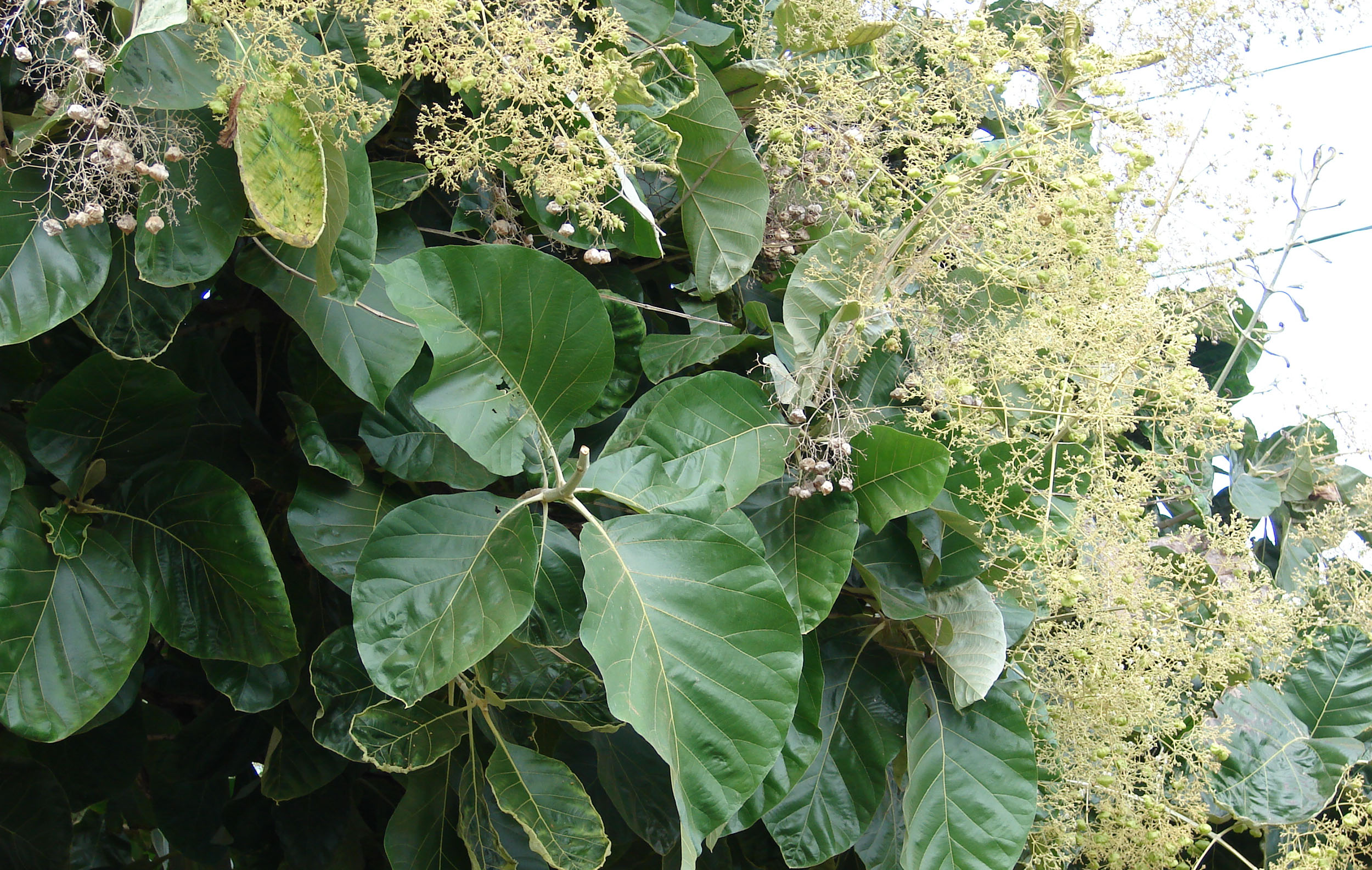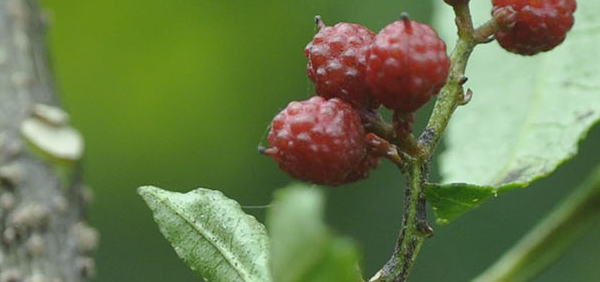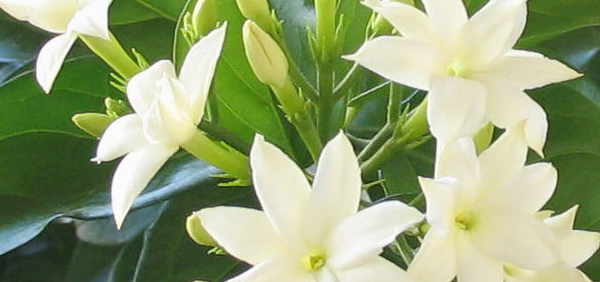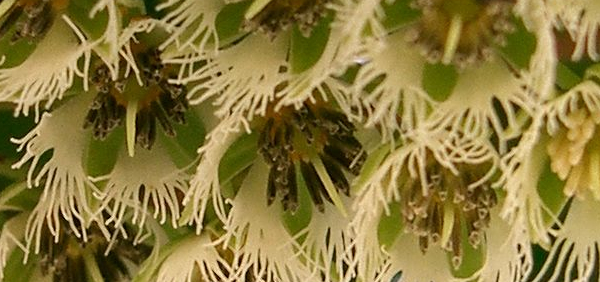shringataka :

Morphology:
T. grandis Linn. is a large, deciduous tree reaching over 30m in height in favorable conditions. Crown open with many small branches; the branch is often supported and may be fluted, up to 15m long below the first branches. Stem usually cylindrical but becoming fluted and slightly supported at base when mature and bark of stem is light brown or grey, distinctly fibrous with shallow, longitudinal fissures. The root system is superficial, often no deeper than 50cm, but roots may extend laterally up to 15m from the stem. The leaves are very large about 30X20cm but young leaves are up to 1m long, 4-sided, shiny above, hairy below, vein network clear, broadly ovate or oval with shortly pointed or blunt tip and taping base and leaves are shed for 3-4 months during the later half of the dry season, leaving the branchlets bare. Flowers are small, about 8mm across, mauve to white and arranged in large, flowering heads, about 45cm long; found on the topmost branches in the unshaded part of the crown. Fruit is a drupe with 4 chambers and these are round, hard and woody, enclosed in an inflated, bladderlike covering; pale green at first, then brown at maturity. Each fruit may contain 0 to 4 seedsHistology:
Heart wood shows well developed xylem, consisting of vessels, parenchyma, fibres and medullary rays; vessels solitary or 2-4 in groups, arranged in radial rows, a few having tyloses; medullary rays multiseriate, thin-walled, oval to elongated, 2-4 celled wide.Powder – Light brown; shows simple pitted vessels, a few with tyloses, aseptate fibres with pointed ends and parenchymatous cells.
- » Classification and names of shringataka
- » Synonyms and definitions of shringataka
- » Drug Properties of shringataka
- » Chemical Constituents of shringataka
- » Standardization of shringataka
- » Parts used and Dosage of shringataka
- » Morphology and Histology of shringataka
- » Distribution and Conservation of shringataka
- » Cultivation of shringataka
- » shringataka in the market
- » Medicinal Uses of shringataka
- » Researches and clinical trails of shringataka
- » shringataka in other sytems of medicine
- » Ayurvedic formulations with shringataka
- » Images of shringataka












